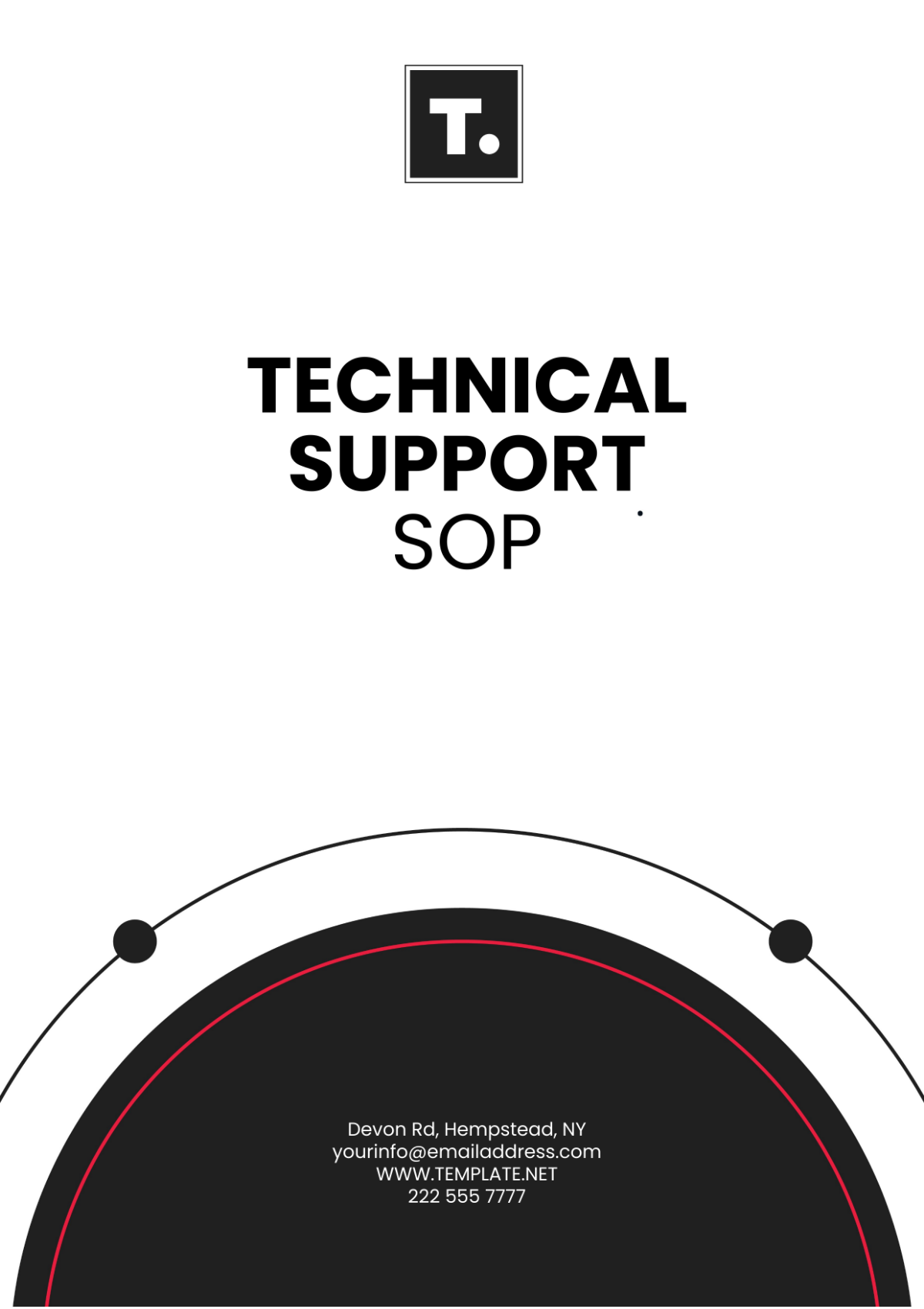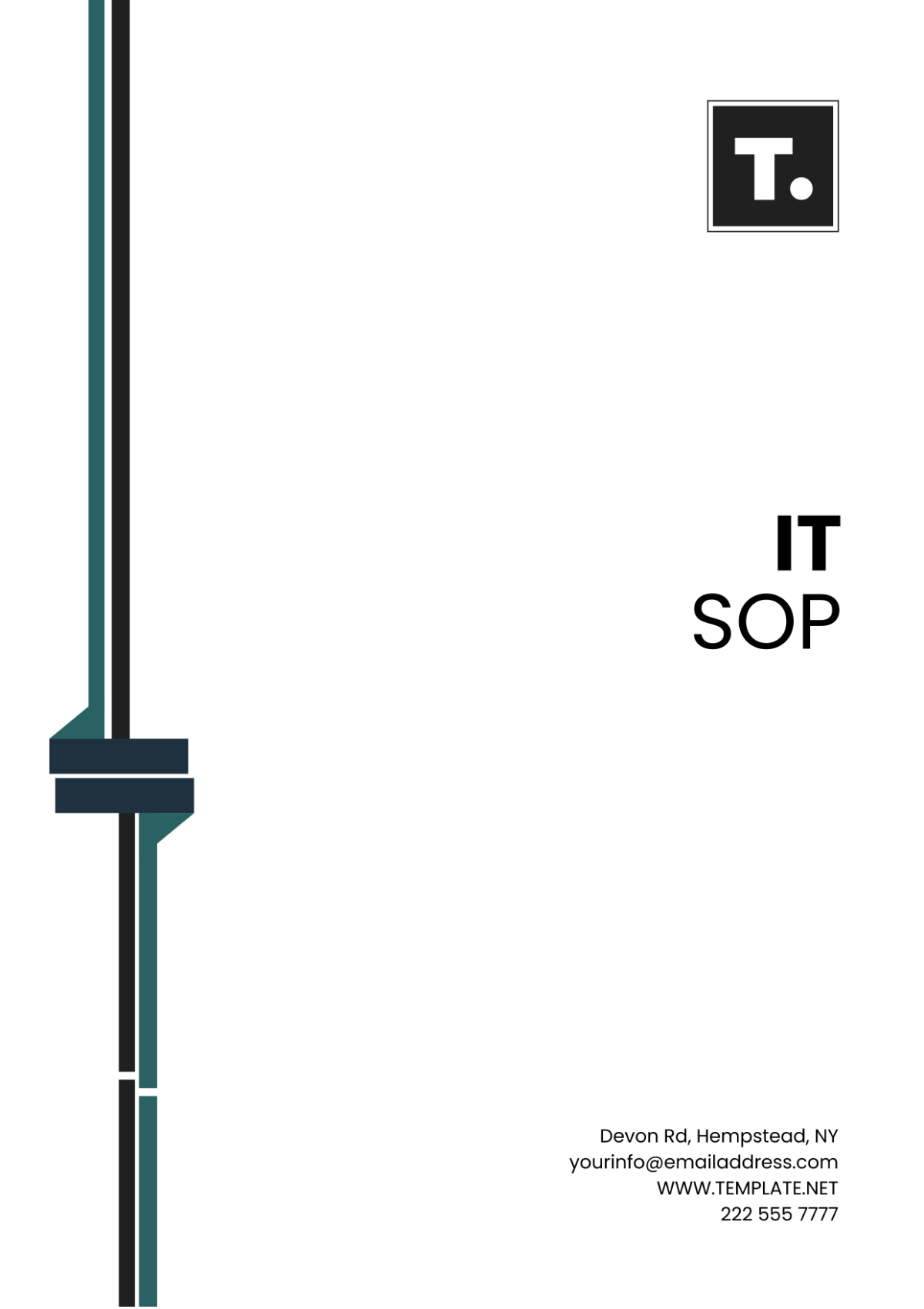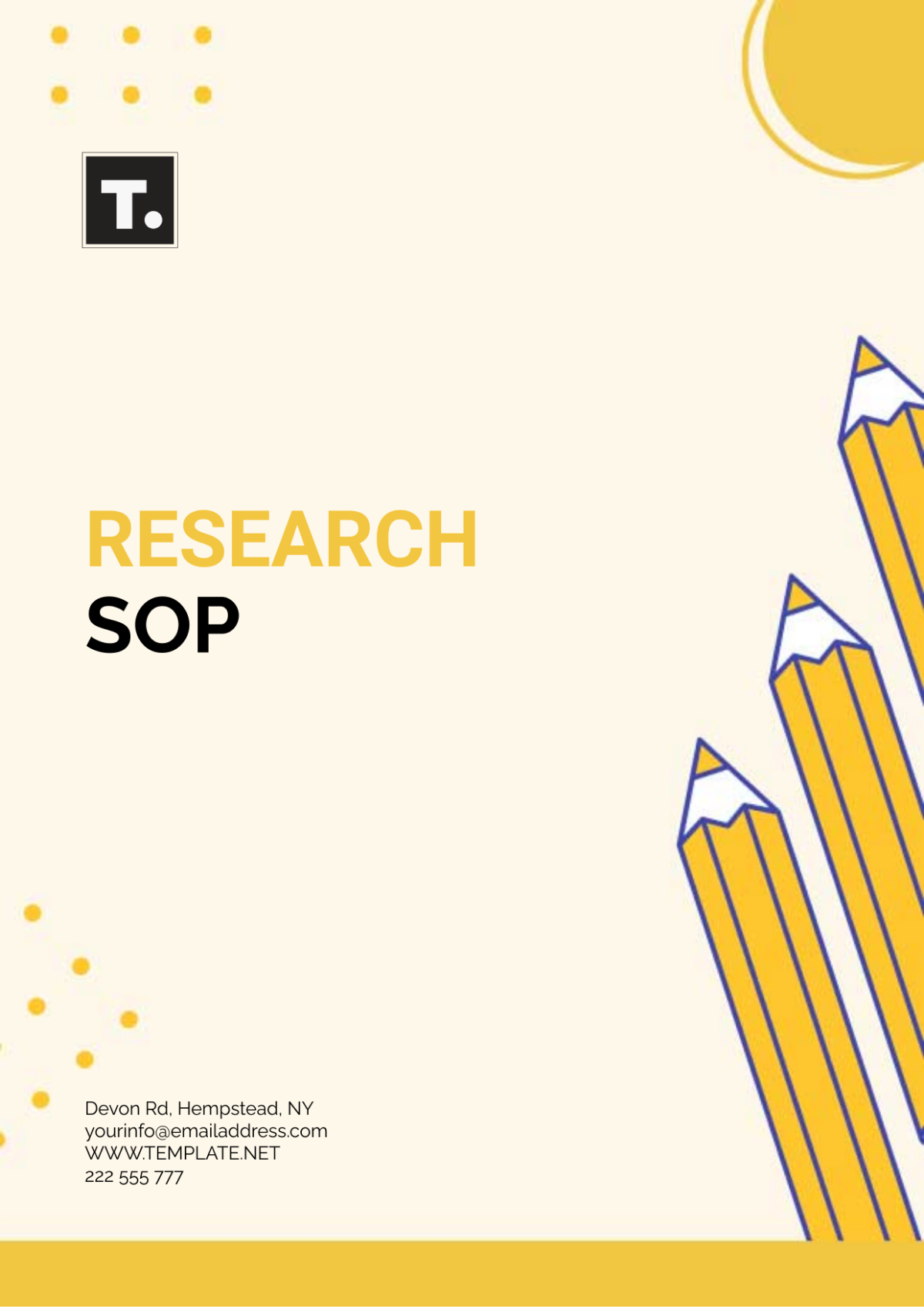Free Finance Audit SOP
Discover financial clarity with the Finance Audit SOP Template from Template.net. This editable and customizable document ensures precision in your audits. Leverage the power of our AI Editor Tool to streamline processes, maintain compliance, and elevate financial governance. Simplify audits, enhance accuracy—empower your team with a template designed for success.






























